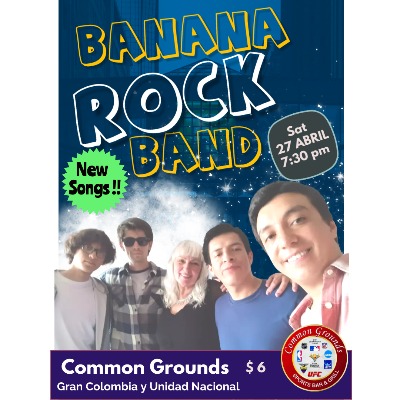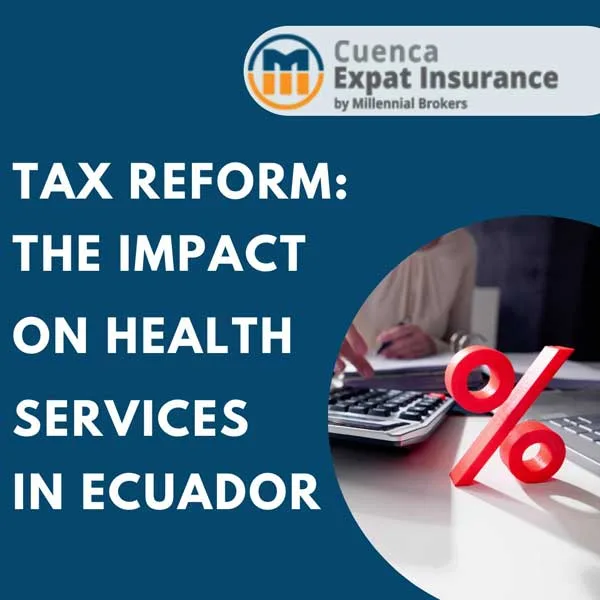Mostly forgotten at home, Ecuadorians have fallen in love with U.S. dollar coins
By Jim Wyss
Busy selling fruits and vegetables on a recent weekday, Luzmila Mita dug into her apron and pulled out a fistful of coins embossed with the image of a Native American woman with a baby strapped to her back.

A Quito vegetable vendor displays her Sacagaweas.
“I always thought she was one of us,” said Mita, as she looked at the image of Sacagawea, the 18th century Shoshone woman who was part of the Lewis and Clark expedition. “It took me a long time to know she was from up there.”
“Up there” is the United States, where the U.S. Mint has been producing Sacagawea dollar coins since 2000. And even as the coins have lost their luster in the United States, they’ve been embraced in Ecuador, where they’re preferred over paper money.
On the streets of Ecuador, which adopted the U.S. dollar in 2000, Sacagawea and more recently U.S. presidential dollars are ubiquitous — and something of a kindred spirit in a country where many have indigenous roots.
About 4,000 miles to the north, in rural Idaho on Wednesday, Randy’L Teton was thrilled to find out that Sacagawea’s face is so prominent in Ecuador.
In 1998, when she was still in college, Teton, a member of the Shoshone tribe, was asked by artist Glenna Goodacre to be the model for the young Sacagawea. (Teton still holds the title as the youngest and only living model for U.S. currency.)

The Sacagawea dollar found a home in Ecuador.
When the coin was launched in 2000, she spent a year with the U.S. Mint touring the country trying to drive up interest in the coin and Sacagawea’s rich history. But the currency never took off. Vending machines spat them back; cashiers saw them as a hassle.
“American people prefer the dollar bill that they can fold and put into their pants pocket,” said Teton, 40. “Even my own community never really showed the support for [the coin] that it should have.”
Tom Carroll, the general manager of Coins and Valuables in Hollywood, said the dollar coins are thought of more as collectors’ items and keepsakes than walking-around cash.
“You don’t see the Sacagawea coins very often in circulation because dollar coins in general have never really worked out,” he said. “People just don’t respect them.”
Spurned George
But in Ecuador, it’s George Washington who’s spurned.
“Nobody wants to carry around dollar bills,” said David Maji, a taxi driver in Quito with an ashtray full of Sacagawea coins. “If I ever get a bill, I get rid of it as fast as I can.”
He said there was something about the weight of a coin that simply felt “more valuable.”
Ecuador adopted the U.S. dollar 17 years ago amid an economic meltdown and hyper-devaluation that forced the country then to abandon its beloved sucre currency.
And while the country does mint some of its own coins, dollars rule the day.
Byron Imbaqo, who works at the Rio Intag cafe in Quito, said he pulls in about $120 a day, but he only gets a paper dollar bill about once a week.
“Nobody wants those things,” he said, “because you think they might be fake.”
One U.S. tourist said he’d never seen the coin until he traveled to Ecuador.
Official figures don’t quite explain the phenomenon. The United States Mint has shipped approximately $189.1 million in dollar coins to Ecuador since 2002 — mostly Sacagawea dollars but also dollar coins from the U.S. presidency series. That means there would be about 10 $1 coins per person in the country. By comparison, there are about 6.5 billion dollar coins circulating in the United States, or about 20 per person.
But with so many of the coins in the United States stashed away, hoarded and collected, they’re simply not visible on the street, Carroll said.
Teton has never been to Ecuador, but she said she would love the chance for a Native American from the north to visit Native Americans in the south.
“I would love to share the story of Sacagawea,” she said. “And if you’re telling me that Ecuadorians are fully utilizing the coin, I’m just so glad someone is using it. Of course, the presidents are important too.”


















